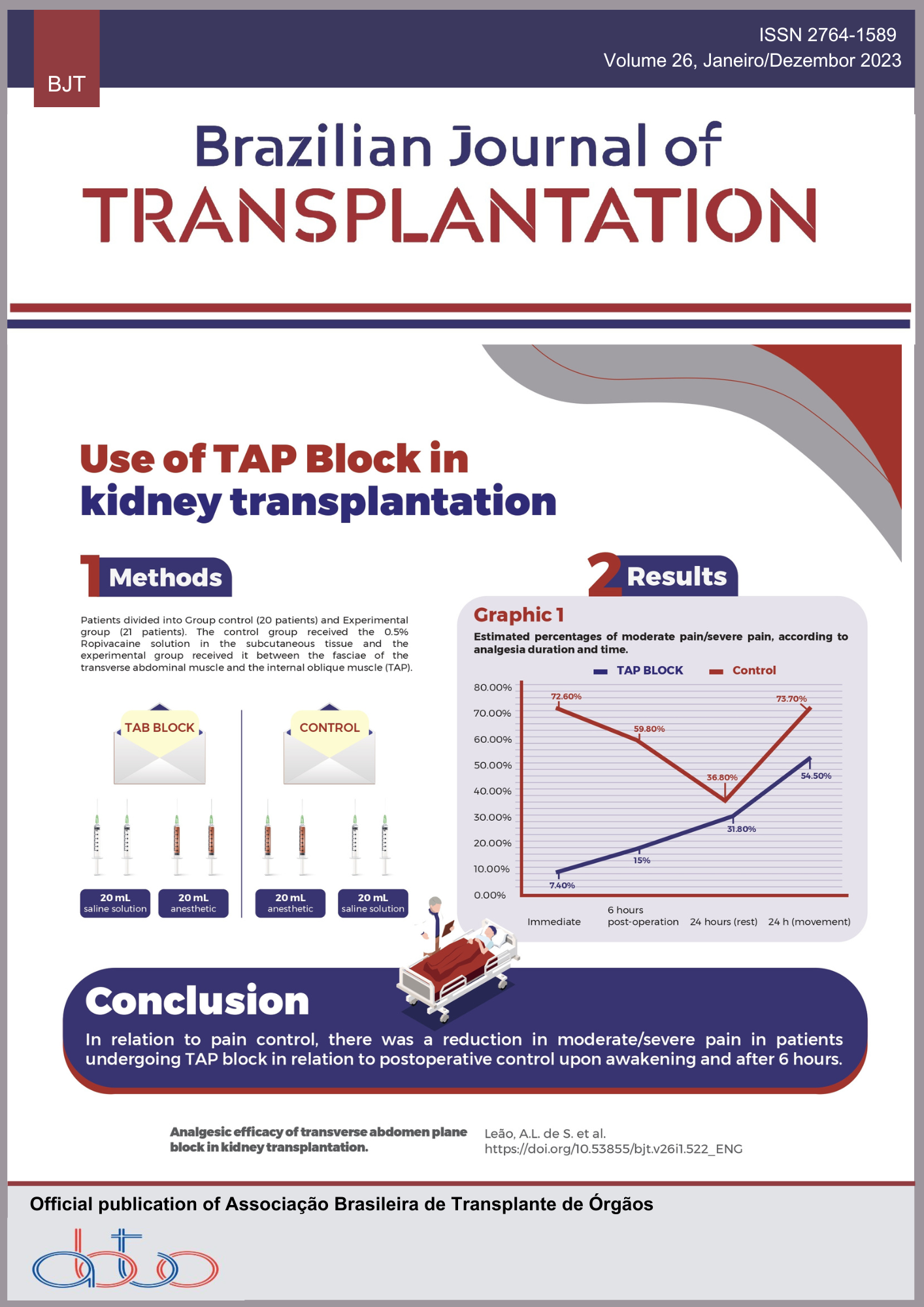Analysis of Access to Liver Transplantation in Different Brazilian Regions from 2018 to 2022: A Cross-Sectional Study
Palabras clave:
Transplantation, Brazil, General Surgery, EquityResumen
Background:Although the simulated liver allocation model for liver transplantation has enabled a more equal distribution of surgeries in Brazil, it remains a subject of controversy whether access to the procedure is fair across various regions of the country. To assess this, we analyzed data on patients who relocated to different regions to undergo liver transplants. Methods:We conducted a retrospective cross-sectional study on liver transplantation using the Brazilian Unified Health System's IT department (DATASUS) data from 2018 to 2022, and sorted the procedures/patients by region using Software PAST 4.12 (University of Oslo) .Results: 88,78% (n = 198) of patients from the northern region needed to migrate, while in the central-west region, 23.39% (n = 84) of patients needed to migrate to other regions. In three states of the northeast region, 100% (n = 117) of the patients needed to migrate to states within the same region. In Tukey's pairwise test: Midwest and Southeast p=0.03, North and Southeast p=0.008, Northeast and Southeast p= 0.02.Conclusions: There is a noticeable disparity in access and the need for patient migration from the North, Northeast, and Central-West regions,which may affect the prognosis and result in extra expenses for patients from these regions.
Descargas
Descargas
Publicado
Cómo citar
Número
Sección
Licencia
Derechos de autor 2023 Laynara Vitória da Silva Vieira, Jordana Fonseca Reis, Elise Lardo Leitão, Bárbara Nissara de Araújo França, Monique Benemérita Vilela Gomes, Sabrina Dalfior Salvador, Raquel Oliveira de Sousa Silva

Esta obra está bajo una licencia internacional Creative Commons Atribución 4.0.










